Intro
Terazosin is a medication primarily used to treat symptoms of an enlarged prostate, also known as benign prostatic hyperplasia (BPH), and high blood pressure. It belongs to a class of drugs known as alpha-blockers, which work by relaxing the muscles in the prostate and bladder neck, making it easier to urinate. Additionally, terazosin helps to lower blood pressure by relaxing the blood vessels so that blood can flow more easily through the body. Despite its effectiveness, terazosin can cause a range of side effects, some of which can be severe. Understanding these side effects is crucial for patients who are considering or are already taking this medication.
The importance of being aware of the potential side effects of terazosin cannot be overstated. While many side effects are mild and temporary, others can significantly impact a person's quality of life. Furthermore, in some cases, side effects can be a sign of a more serious issue that requires immediate medical attention. Patients should always consult their healthcare provider if they experience any unusual symptoms or if they have concerns about their medication. This open communication can help in managing side effects effectively and ensuring the safe use of terazosin.
Terazosin, like all medications, affects people differently. Some individuals may experience no side effects at all, while others may encounter several. The severity and frequency of side effects can also vary widely among patients. Common side effects of terazosin include dizziness, lightheadedness, and fainting, especially when standing up from a lying or sitting position. This is due to the drug's effect on blood vessels, which can lead to a sudden drop in blood pressure. Other common side effects include headache, nausea, and fatigue. These side effects are usually mild and may diminish as the body adjusts to the medication.
Understanding Terazosin
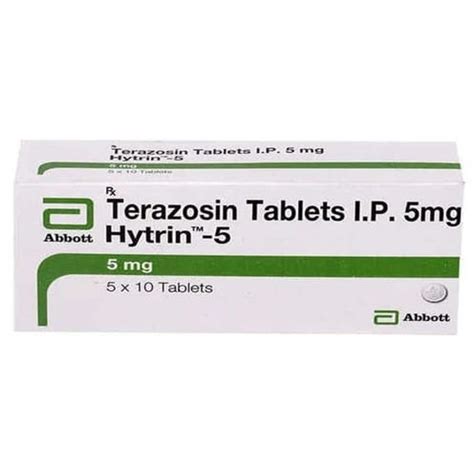
To fully comprehend the side effects of terazosin, it's essential to understand how the drug works and its intended effects on the body. Terazosin is an alpha-1 adrenergic blocker, which means it blocks the alpha-1 receptors found in the smooth muscle of the prostate and blood vessels. By blocking these receptors, terazosin relaxes the muscles in the prostate and bladder neck, improving urine flow and reducing symptoms of BPH. Similarly, the relaxation of blood vessels leads to a decrease in blood pressure, which can help in managing hypertension.
Benefits of Terazosin
The benefits of terazosin are significant for individuals suffering from BPH and high blood pressure. For those with BPH, terazosin can improve urinary flow, reduce the need for urination, and decrease the risk of urinary retention. For patients with hypertension, terazosin can help lower blood pressure, reducing the risk of heart disease, stroke, and kidney disease. The medication's ability to improve symptoms without significantly affecting sexual function, as seen with some other treatments for BPH, is also a notable benefit for many patients.Common Side Effects of Terazosin
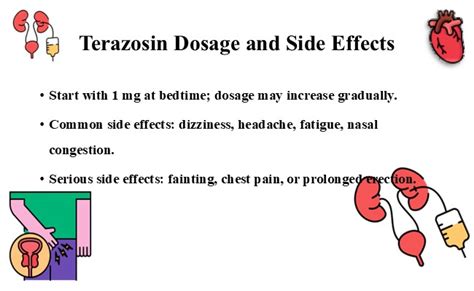
Some of the common side effects of terazosin include:
- Dizziness or lightheadedness
- Headache
- Nausea or vomiting
- Fatigue or weakness
- Swelling of the feet, ankles, or hands
- Rapid or pounding heartbeat
- stuffy or runny nose
These side effects are generally mild and may decrease as the body adjusts to the medication. However, if they persist or worsen, patients should consult their healthcare provider.
Less Common but Serious Side Effects
While less common, terazosin can cause serious side effects that require immediate medical attention. These include: - Priapism, a condition characterized by a painful erection that lasts for hours - Hypotension, or low blood pressure, which can lead to dizziness and fainting - Allergic reactions, such as rash, itching, swelling, severe dizziness, or trouble breathing - Increased risk of prostate cancer, as suggested by some studies, although the evidence is not conclusivePatients should be vigilant for these side effects and seek medical help if they experience any unusual symptoms.
Managing Side Effects of Terazosin
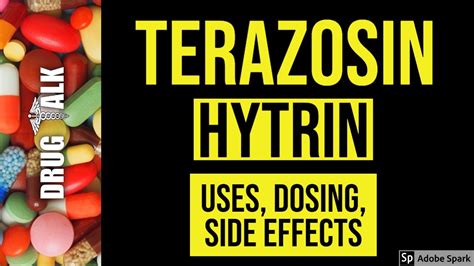
Managing the side effects of terazosin often involves a combination of lifestyle adjustments and, in some cases, a change in medication. Patients can mitigate some side effects, such as dizziness, by standing up slowly from sitting or lying down, avoiding alcohol, and staying hydrated. Regular follow-up with a healthcare provider is also crucial to monitor the effectiveness of the medication and adjust the treatment plan as needed.
Lifestyle Changes to Reduce Side Effects
Lifestyle changes can play a significant role in reducing the severity of terazosin's side effects. These include: - Maintaining a healthy diet to manage blood pressure and reduce the risk of complications - Engaging in regular physical activity, which can help manage blood pressure and improve overall health - Avoiding excessive salt intake, which can exacerbate high blood pressure - Quitting smoking, as smoking can worsen hypertension and increase the risk of heart diseaseBy incorporating these lifestyle changes, patients can potentially reduce the severity of side effects and improve their overall health.
Interactions with Other Medications
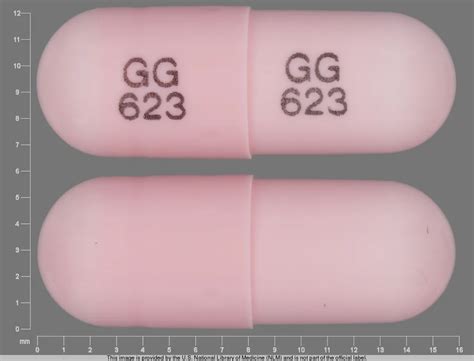
Terazosin can interact with other medications, either enhancing their effects or increasing the risk of side effects. It's essential for patients to inform their healthcare provider about all the medications they are taking, including prescription drugs, over-the-counter medications, and herbal supplements. Some medications that can interact with terazosin include other blood pressure medications, erectile dysfunction drugs, and certain antidepressants.
Precautions and Warnings
Patients should be aware of several precautions and warnings when taking terazosin. These include the risk of hypotension, especially when standing up, and the potential for priapism. Patients with a history of prostate cancer should use terazosin with caution, as the medication can affect PSA (prostate-specific antigen) levels, potentially masking the presence of cancer. Additionally, terazosin should be used with caution in patients with liver or kidney disease, as these conditions can affect the drug's metabolism and excretion.Conclusion and Future Directions
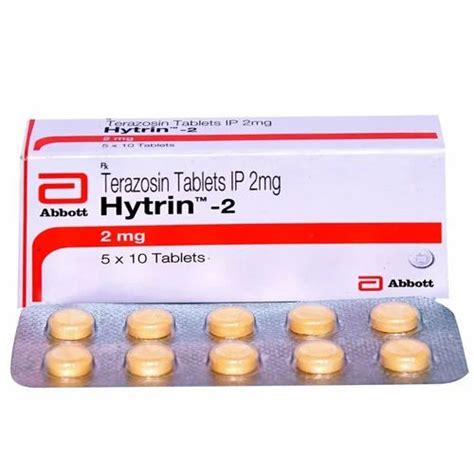
In conclusion, while terazosin is an effective medication for managing symptoms of BPH and high blood pressure, it's crucial for patients to be aware of its potential side effects. By understanding these side effects and working closely with their healthcare provider, patients can minimize risks and maximize the benefits of terazosin. Future research may uncover new uses for terazosin or lead to the development of medications with fewer side effects, offering even better treatment options for patients.
As patients navigate the complexities of terazosin treatment, they should feel empowered to ask questions, seek a second opinion if necessary, and prioritize their health and well-being. The journey to managing BPH and hypertension is not one to be taken alone; with the right support and information, individuals can lead active, healthy lives.
Final Thoughts
Terazosin, like any medication, is a tool in the broader context of healthcare. Its effectiveness is maximized when used responsibly, with a clear understanding of its benefits and risks. As medical science continues to evolve, so too will our understanding of terazosin and its role in treating BPH and hypertension. For now, patients and healthcare providers must work together, using the best available evidence to make informed decisions about terazosin and other treatments.What is the primary use of terazosin?
+Terazosin is primarily used to treat symptoms of an enlarged prostate (BPH) and high blood pressure.
What are common side effects of terazosin?
+
Can terazosin interact with other medications?
+Yes, terazosin can interact with other medications, including blood pressure medications, erectile dysfunction drugs, and certain antidepressants.
We invite readers to share their experiences with terazosin, ask questions, or seek advice from healthcare professionals in the comments below. Your insights and stories can help others navigate the complexities of managing BPH and hypertension with terazosin. Together, we can foster a community that prioritizes health, wellness, and informed decision-making.
